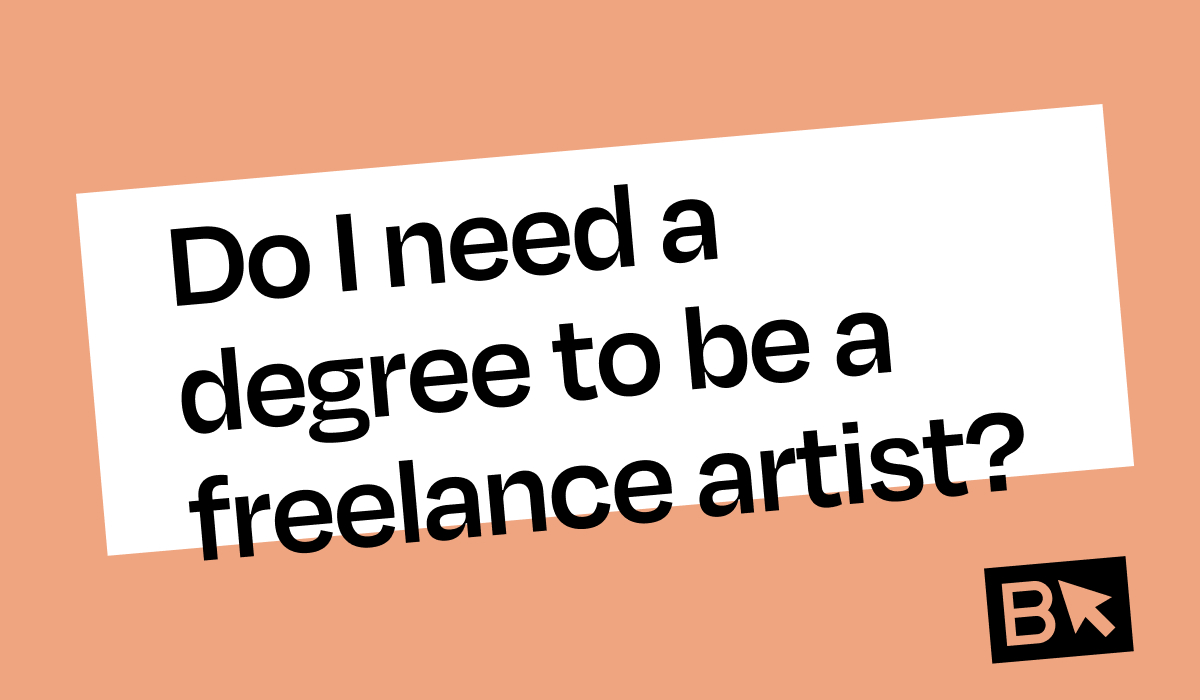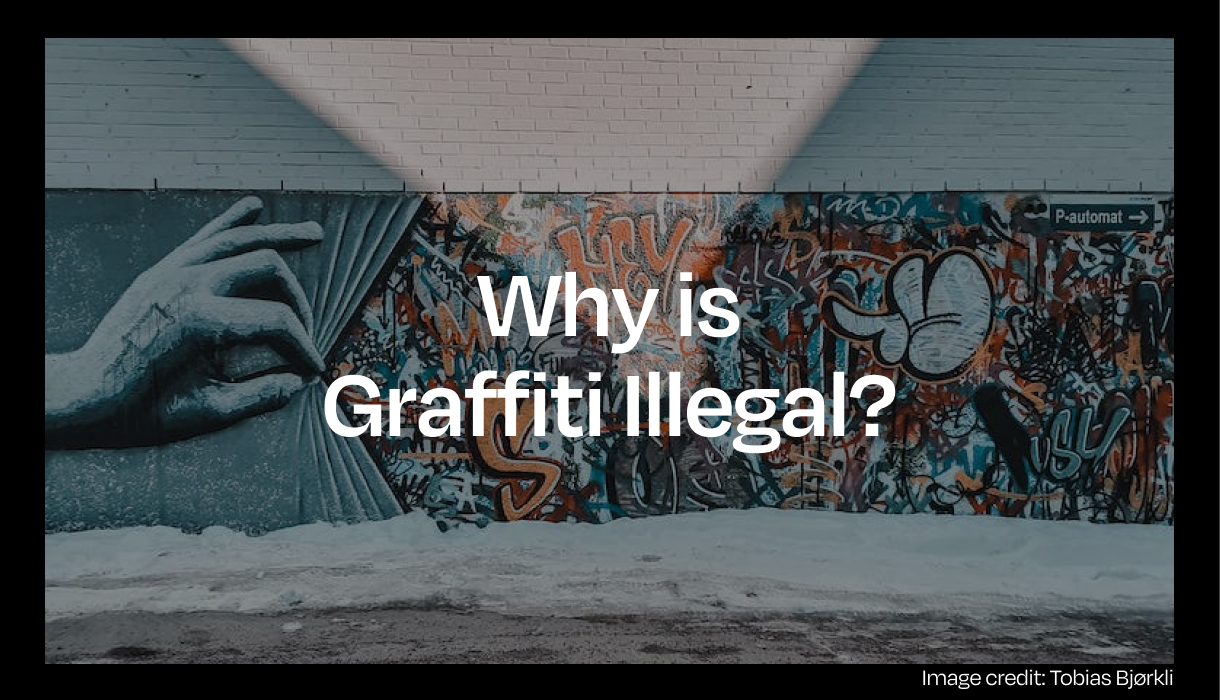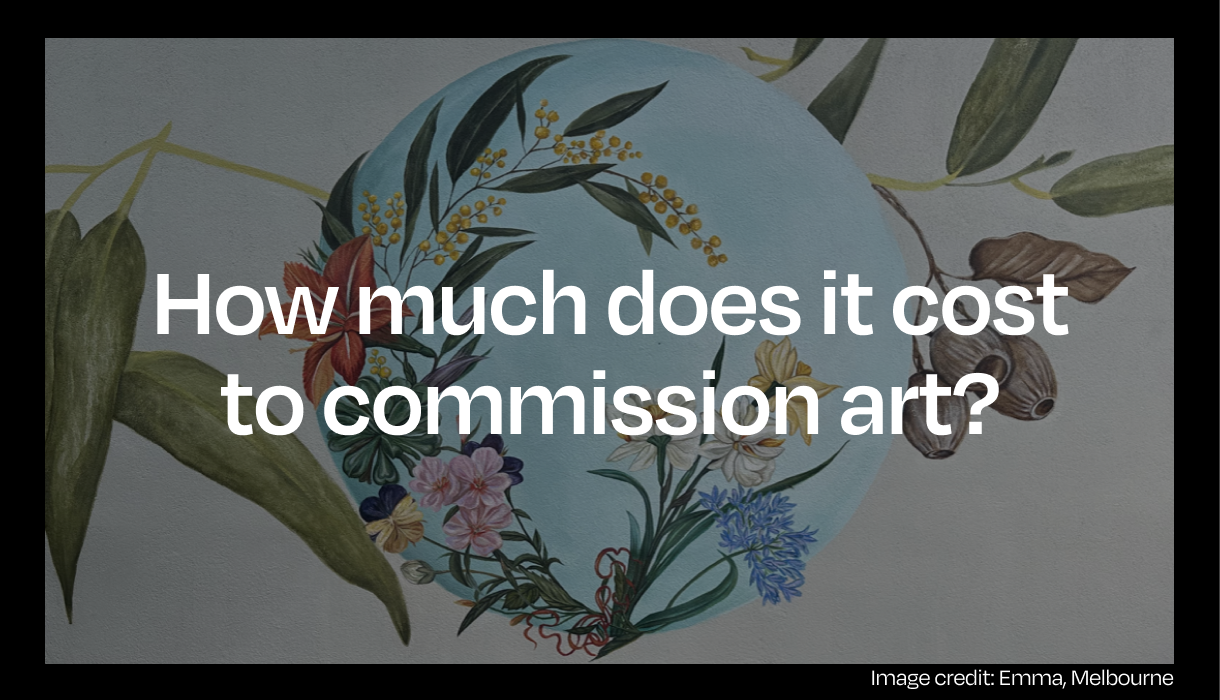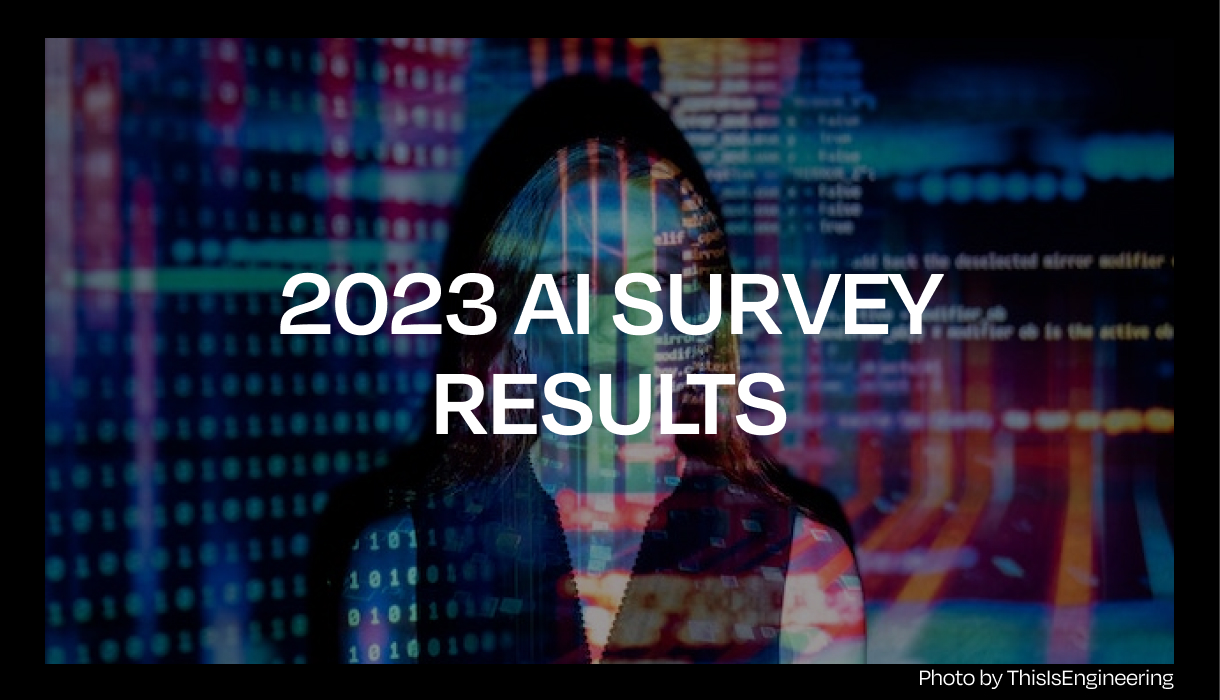
Survey Reveals 9 out of 10 Artists Believe Current Copyright Laws are Outdated in the Age of Generative AI Technology
In today’s fast-paced world, technology is evolving at an unprecedented pace and is making its way into various industries, including healthcare, finance, transportation, and the arts. Generative AI technology is no exception.
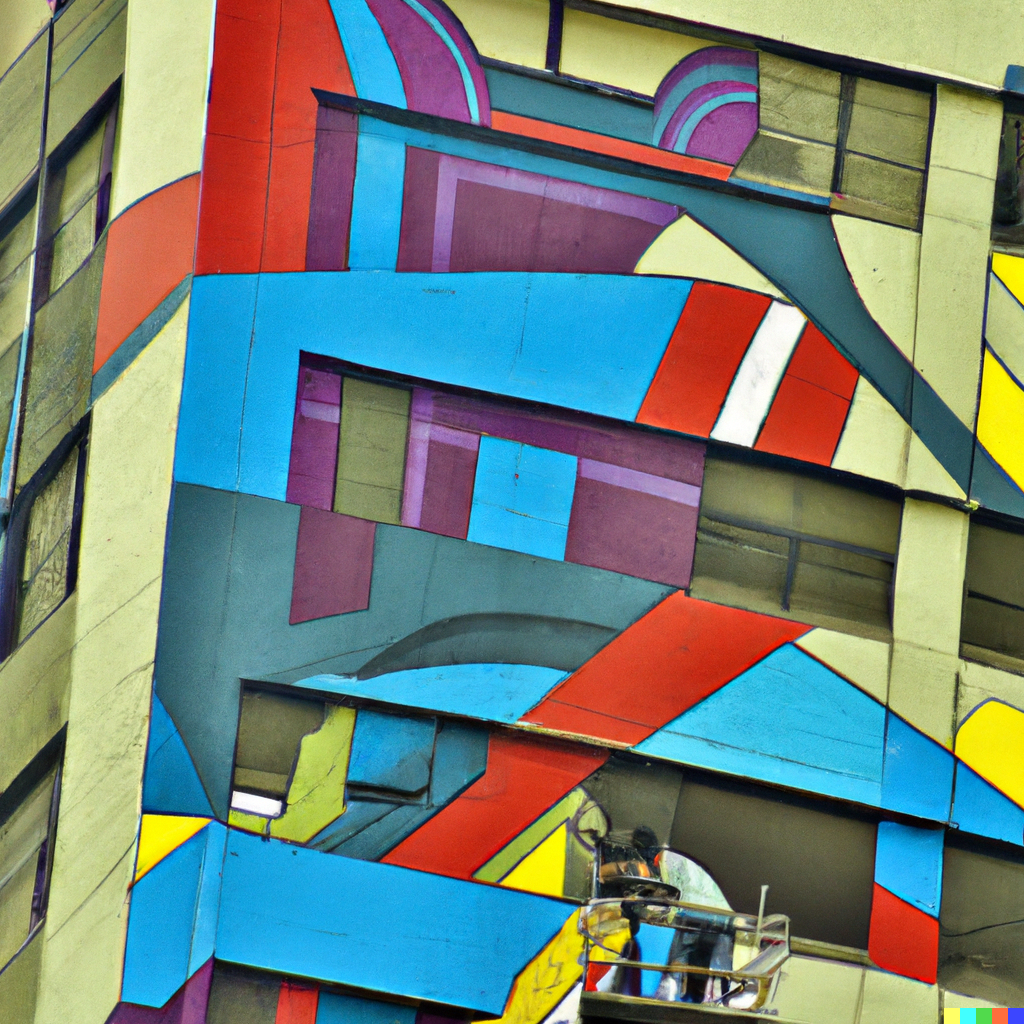
As generative AI technologies like DALL-E 2 and Midjourney continue to transform the art world, concerns are mounting among artists about the adequacy of current copyright laws to protect their work.
Book An Artist conducted a survey of artists from around the world to gauge their views on the impact of generative AI technology on their artwork and their livelihoods.
The survey aimed to shed light on the challenges that artists face in the age of AI and to explore potential solutions to safeguard their creative output.
Survey Finds 74% of Artists Consider Scraping Artwork from Internet for AI Technology as Unethical

Artists from around the world expressed concerns about how these generative AI technologies are finding and using their artwork, with 74.3% of respondents reporting that the current method of scraping the internet for artwork is unethical.
9 out of 10 artists believe current copyright laws are outdated and cannot compete with the rapidly changing AI technology.
One of the main concerns raised by artists is that generative AI technologies are often used to create new works that are similar to existing artworks, but without giving credit or compensation to the original artists. This can lead to issues around copyright infringement and intellectual property rights.
The survey revealed that 89.2% of artists believe current copyright laws do not protect them from generative AI technology.
“AI technology has so much potential, but our laws are falling behind in protecting not just artists but other people. It’s not only artwork that is exposed, it’s anything we post online,” says Fausto Gallego, a muralist and illustrator in Melbourne.
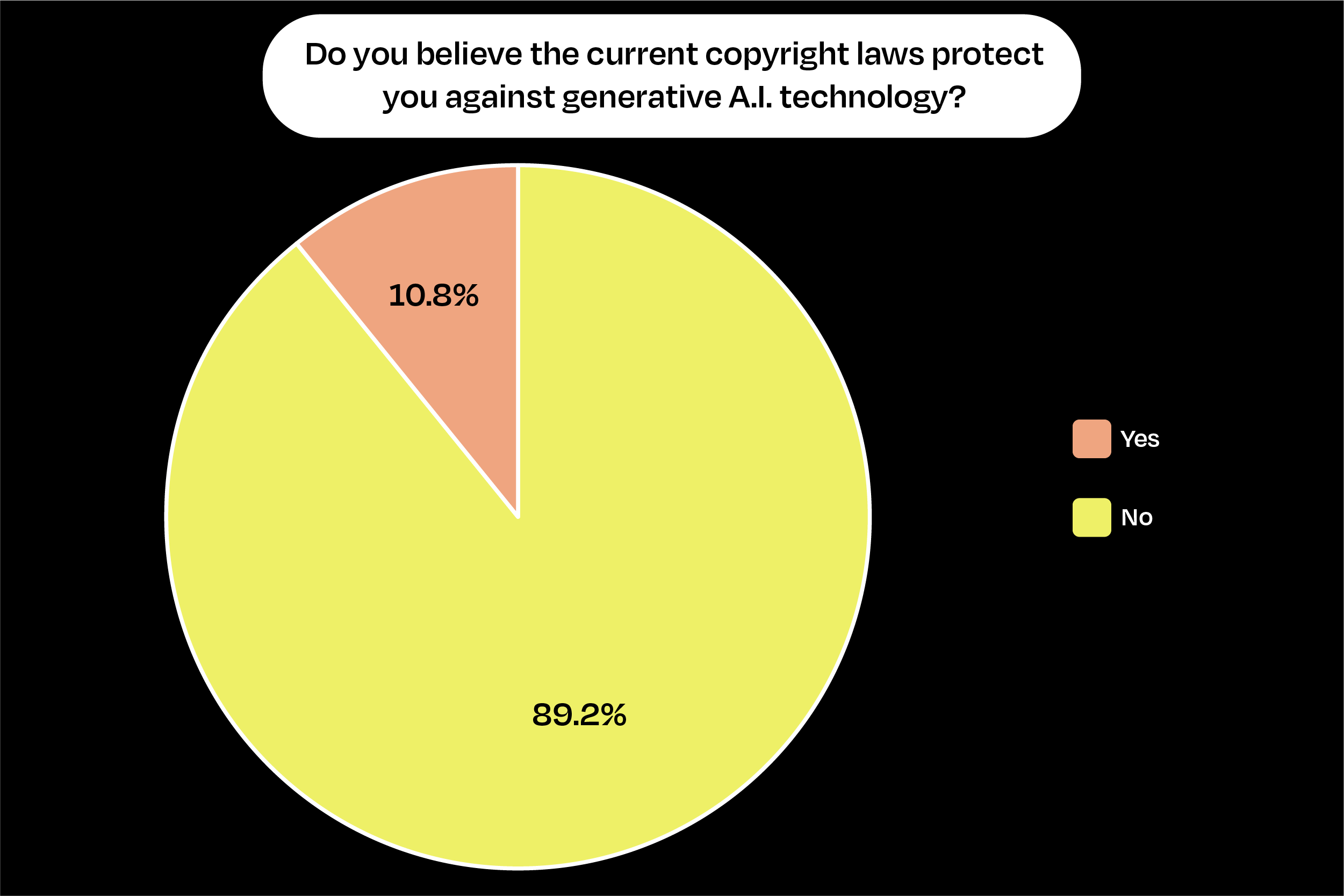
Copyright laws in Australia, the United States, and the United Kingdom protect original artistic works such as paintings, sculptures, photographs, and drawings. Copyright owners have exclusive rights to reproduce, publish, communicate, and modify their works, which generally last for the life of the creator plus 70 years. Fair use and fair dealing exceptions allow limited use of copyrighted material, but copyright infringement occurs when someone uses a copyrighted work without permission, and the copyright owner can take legal action to protect their rights.
It is important to note that copyright laws can vary by country, and if an artwork is created by an artist in another country, the copyright laws of that country may apply.
Over half of artists fear negative impact on income from generative AI technology.

While some artists see benefits in these new AI technologies, such as its ability to inspire designs, create new concepts, and provide entertainment, 54.6% of survey respondents think that generative AI technology will impact their ability to generate income from their own artwork. Respondents stated that original art created by artists, such as mural & graffiti artists, will be replaced with prints, and clients will bypass artists for designs, potentially preferring to use AI to save time and money.

This highlights a significant shift in the industry, with artists worried about losing clients to AI-generated designs and prints, which could have a profound impact on their livelihood. Furthermore, the fact that 43% of respondents rely heavily on art sales as their main source of income highlights the urgent need for solutions to protect artists’ rights and interests in this rapidly evolving landscape.
Multiple Parties Should Be Responsible for Protecting Their Artwork, Including AI Generator Tech Organizations
According to survey results, when asked about who should be responsible for protecting their artwork, the majority of the respondents picked a combination on parties. About 62% of respondents believed it’s their own responsibility to protect their artwork, while 60% picked private organizations, and 59.9% picked government and regulatory bodies. Interestingly, 52% of the respondents believed that AI generator tech organizations, such as OpenAI and Midjourney, should also take responsibility for protecting their artwork. Only 6% of the respondents chose “Other” as their answer, adding that the public and those generating AI art should take some responsibility as well.

Gaurav Kawar, the founder and CEO of Book An Artist, said, “AI is here to stay and will continue to change the way we live. While the uptake of this new AI art technology is racing ahead, the rest of the world including government and organizations are always slow to keep up, leaving artists to fend for themselves.”
Artists Call for Clearer Copyright Laws and Compensation for AI-Generated Artwork, Survey Finds
The survey also found that current copyright laws and policies are unclear as to what is protected and how it is protected, and they do not address the impact of AI generative technologies.

Respondents indicated that if their artwork is used to train AI algorithms, 72.6% want to be compensated, and 53.5% want to be credited.
“Given the real impact this has on the livelihood of artists, I think the government needs to get into this sooner rather than later. Involve artists in the conversation, make it very clear what is allowed, and how artists should be compensated and credited,” says Kawar.
Book An Artist is currently researching solutions that can protect the images artists share on their platform to ensure they are secure and safe from scraping.
In conclusion, the survey results show that artists are concerned about the impact of AI art generators on their livelihood, and the current copyright laws are unable to provide adequate protection. It is imperative that government and organizations engage in the conversation and take steps to update copyright laws to keep up with technological advancements while protecting artists’ rights.
Book An Artist distributed its 2023 AI survey to its worldwide community of artists, and 218 artists completed the survey.
For more information about the survey, email contact@bookanartist.co.
What is Generative AI Technology?
Generative AI technology refers to algorithms and models that are capable of producing new content or data based on patterns and inputs from existing data.
It uses a neural network to analyze and learn from large sets of data, such as images or sounds, and then creates new content based on that learning. For example, GANs can generate new images of people, animals, or objects that don’t actually exist, but look realistic. They can also create music or speech that sounds like it was made by a human.

Here are some examples of generative AI technologies:
1. Language models
These models generate human-like text or speech based on the input provided to them. GPT-3, OpenAI’s third-generation language model, or more widely referred to as ChatGPT, is one such example.
2. Image synthesis
Generative adversarial networks (GANs) are used to generate new images by training a neural network to generate realistic-looking images based on a dataset of real images.
3. Music composition
AI algorithms can generate new music based on the analysis of existing musical compositions. Some examples of music generation software include Amper Music and AIVA.
4. Video creation
AI algorithms can also generate new videos by combining existing footage with generated text, images, and music.
5. Game development
AI can be used to generate game content such as levels, characters, and even entire games. ANGELINA, an AI game designer, is one such example.
Generative AI technology has applications in a variety of fields, including art, design, entertainment, and even medicine. However, its rapid development has raised concerns among some artists and experts about its potential impact on copyright laws, intellectual property rights, and creative industries.
Check out top-rated local artists near you!
Are you an artist ? Sign Up










